Samuel Adisa
Student @ Akungba
What You Need To know About The Iran And Israeli Ongoing Conflict
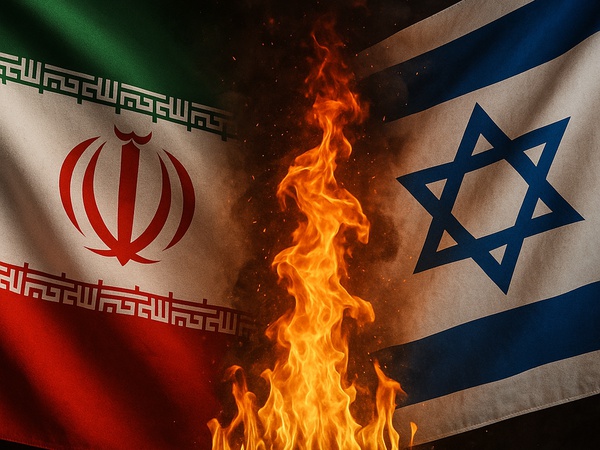
<p><br/></p><p>
The ongoing conflict between Iran and Israel, as of June 2025, has escalated from a decades-long proxy war into direct military confrontations, with significant airstrikes and missile exchanges in <a class="tc-blue external-link" href="https://2025.It" rel="noopener noreferrer" target="_blank">2025. It </a>started as ideological and geopolitical tensions in 1979.<br/></p><p>Before the 1979 Islamic Revolution, Iran and Israel maintained covert ties under the Shah, sharing common interests against Arab nationalist <a class="tc-blue external-link" href="https://states.For" rel="noopener noreferrer" target="_blank">states. For</a> decades, the conflict was fought through proxies. Iran backed Hezbollah in Lebanon, Hamas in Gaza, and other militias in Syria and Iraq, while Israel conducted airstrikes against Iranian targets in Syria and assassinated Iranian nuclear <a class="tc-blue external-link" href="https://scientists.The" rel="noopener noreferrer" target="_blank">scientists. The</a> Islamic Republic of Iran adopted an anti-Israel stance, severing ties and supporting Palestinian and Lebanese Shia groups like Hamas and Hezbollah. Iran’s leadership has repeatedly called for Israel’s destruction, while Israel views Iran’s nuclear ambitions as an existential <a class="tc-blue external-link" href="https://threat.On" rel="noopener noreferrer" target="_blank">threat. On </a> October 7 2023,Hamas attack on Isreal,which killed nearly 1200 Israelis,mostly civilians, this intensified the conflict and triggered the Gaza <a class="tc-blue external-link" href="https://war.Israel" rel="noopener noreferrer" target="_blank">war. Israel </a> increased strikes on Iranian and proxy targets in Syria. On December 25, 2023, Iranian commander Razi Mousavi was killed and on January 20, 2024, assassination of five Iranian officials in Damascus took <a class="tc-blue external-link" href="https://place.On" rel="noopener noreferrer" target="_blank">place. On </a>April 1, Israel bombed an Iranian consulate in Damascus, killing 16, including senior IRGC commander Mohammad Reza <a class="tc-blue external-link" href="https://Zahedi.By" rel="noopener noreferrer" target="_blank">Zahedi. By</a> April 13, Iran retaliated with “Operation True Promise,” launching over 330 drones and missiles at Israel, nearly all intercepted by Israel and allies (U.S., UK, France, Jordan). On April 19,Israel responded with limited strikes in Iran signaling de-escalation.</p><p><br/></p><p>This continued,tension between both parties but no action,Until October 1, Iran launched 180–200 missiles at Israel, retaliating for the killings of Hamas leader Ismail Haniyeh (July 2024), Hezbollah leader Hassan Nasrallah (September 2024), and IRGC commander Abbas Nilforoushan. Israel’s “Iron Shield” defense, supported by allies, intercepted most missiles, but not without minor damages to Nevatim <a class="tc-blue external-link" href="https://Airbase.On" rel="noopener noreferrer" target="_blank">Airbase. On </a>October 26, Israel conducted limited retaliatory strikes targeting Iranian missile and drone sites.
</p><p><br/></p><p>Both sides remain calm and silent again,but the conflict reached a new peak in June 2025 with Israel’s “Operation Rising Lion,” a large-scale aerial assault on Iran which happened 12th of June 2025, followed by Iranian <a class="tc-blue external-link" href="https://retaliation.Israel" rel="noopener noreferrer" target="_blank">retaliation. </a></p><p><a class="tc-blue external-link" href="https://retaliation.Israel" rel="noopener noreferrer" target="_blank">Israel</a> launched airstrikes targeting Iranian nuclear facilities, missile factories, military bases, and commanders across cities like Tehran and Natanz. The operation, coordinated by the IDF and Mossad, was aimed at disrupting Iran’s nuclear program, which Israel claimed was advancing a secret plan to assemble nuclear <a class="tc-blue external-link" href="https://weapons.Key" rel="noopener noreferrer" target="_blank">weapons. Key </a>casualties included IRGC chief Gen. Hossein Salami and two top nuclear scientists. Iranian state media confirmed significant damage to military and nuclear infrastructure. Benjamin Netanyahu (Israeli PM) called the strikes “very successful” and a “pre-emptive” measure, warning of further action. Israel’s UN Ambassador Danny Danon cited intelligence about Iran’s nuclear ambitions, claiming Iran had enough material for multiple bombs.
</p><p>By June 13,Iran responded with missile and drone attacks on Israeli military bases and civilian areas, including Tel Aviv and Jerusalem. Over 100 drones and ballistic missiles were fired, targeting at least seven sites. Israel’s air defenses intercepted many missiles, but some caused damage in Ramat Gan and Hod Hasharon. Casualties in Israel were limited, with reports of injuries but no confirmed deaths.</p><p>
Iran’s IRGC claimed “precise” strikes on military targets, while the Foreign Ministry condemned Israel’s attack as “unjust” and vowed a decisive response.
</p><p>On June 14, Israel’s Home Front Command lifted shelter orders but urged citizens to stay near safe zones, indicating ongoing threats.
</p><p>
Iran’s air defenses in Tehran remained active, anticipating further Israeli strikes.
</p><p>Despite being allies the U.S. denied direct involvement but faced accusations from Iran of “coordination.” President Trump, after speaking with Netanyahu, urged de-escalation, while Secretary of State Marco Rubio warned Iran against targeting U.S. forces.
</p><p>
</p><p>
</p><p>
</p><p>
</p><p>
</p><p>According to several sources,both parties have specific objectives regarding the ongoing conflict.</p><p><br/></p><p>The Isreali objectives are:</p><p>Prevent Iran from developing nuclear weapons, viewed as a “clear and present danger” to its survival.
</p><p>
Degrade Iran’s military capabilities, including missile production and IRGC leadership, to weaken its regional influence.
</p><p>
Some speculate Israel’s broader goal may include regime change, though this is debated.
</p><p><br/></p><p>While the Iranian objectives are:</p><p>Retaliate for Israeli attacks on its territory, proxies, and personnel to maintain deterrence and domestic legitimacy.
</p><p>
Protect its nuclear program, which it claims is for peaceful purposes, while leveraging it as a bargaining chip in talks with the U.S.
</p><p>
Rally regional allies (Hezbollah, Houthis, Iraqi militias) within the “Axis of Resistance” to counter Israel.
</p><p><br/></p><p>The strikes have raised fears of a wider war involving Hezbollah, Syria, Iraq, and Yemen’s Houthis, all Iranian proxies. Iran’s threat to disrupt the Strait of Hormuz, which carries 20% of global oil, spiked Brent crude prices to $75, with potential surges to $120–$130 if infrastructure is hit.</p><p>Amidst all this, Iraq condemned Israeli threats to expand the war, requesting an Arab League session.</p><p>As a result U.S.: Withdrew diplomats from Iraq and authorized military family departures, fearing Iranian <a class="tc-blue external-link" href="https://rretaliation.Earlier" rel="noopener noreferrer" target="_blank">rretaliation. Earlier</a> on Trump’s administration seeks a nuclear deal with Iran but faces challenges after Iran rejected a proposal to limit uranium enrichment.
</p><p>
UK and Europe also Condemned escalation, urged restraint, and imposed sanctions on Iran. The UK also denied involvement in Israel’s strikes.
</p><p>Certain analysts warn Israel’s strikes may push Iran to accelerate its nuclear program or exit the Non-Proliferation Treaty (The Treaty on the Non-Proliferation of Nuclear Weapons (NPT), signed in 1968 and entered into force in 1970, is a cornerstone of global efforts to prevent the spread of nuclear weapons, promote disarmament, and facilitate peaceful nuclear energy use), and this could increase proliferation risks.</p><p>
The IAEA chipped in that Iran possesses enough enriched uranium for multiple bombs, though no evidence confirms active weapon assembly.
</p><p><br/></p><p>Confirmed Damages include:</p><p> In Iran at least 19 killed in Israel’s June strikes, including 7 IRGC soldiers, 5 militiamen, 4 army officers, and others. Significant damage to nuclear and military sites.</p><p>And for Israel minor damage to airbases and civilian areas in April and October 2024 attacks. June 2025 strikes caused unspecified injuries but no confirmed deaths.
</p><p>Hezbollah and Hamas suffered heavy losses in 2024, with leaders like Nasrallah and Haniyeh killed. Syrian and Iraqi militias also faced Israeli strikes.
</p><p>
</p><p>
</p><p>
</p><p><br/></p><p>As of Today,June 14,2025, the situation remains volatile, with both sides preparing for further strikes. Israel’s ongoing campaign and Iran’s vowed retaliation suggest a cycle of escalation.
</p><p>
Diplomatic efforts, including U.S.-Iran nuclear talks, are strained, with Iran proposing a counter-deal to delay sanctions or strikes.
</p><p>
The conflict’s trajectory depends on whether either side opts for de-escalation (process of reducing the intensity, severity, or scope of a conflict, crisis, or tense situation to prevent further violence, confrontation, or harm. It involves deliberate actions, strategies, or diplomatic efforts aimed at calming hostilities, lowering tensions, and creating conditions for peaceful resolution or dialogue) or pursues broader objectives like regime change or nuclear weaponization.</p><p><br/></p><p><br/></p><p>Key Analysis include:</p><p>The NPT’s (Non-Proliferation of Nuclear Weapons) framework struggles to address asymmetric conflicts like Iran-Israel, where one party (Iran) is bound by treaty obligations and the other (Israel) is not.</p><p>
</p><p>
</p><p><br/></p><p>Iran’s enrichment activities, while technically legal under the NPT, push boundaries that alarm Israel and the West, especially given limited IAEA access.
</p><p>Israel’s undeclared nuclear arsenal and non-NPT status create a perception of inequity, fueling Iran’s defiance and regional resentment.
</p><p>The treaty’s enforcement relies on geopolitical alignment, with powerful states (e.g., U.S.) shielding allies like Israel while punishing adversaries like Iran, undermining its impartiality.
</p><p><br/></p><p><br/></p><p>In conclusion, the NPT (Non-Proliferation of Nuclear Weapons remains a critical but strained framework for managing nuclear risks in the Iran-Israel conflict. Iran’s compliance disputes and Israel’s non-signatory status highlight the treaty’s limitations in addressing regional rivalries and undeclared arsenals. As of June 14, 2025, the risk of Iran exiting the NPT or accelerating its nuclear program in response to Israeli strikes threatens to further erode the treaty’s effectiveness, with potential for broader regional escalation.</p><p>
</p><p><br/></p><p><br/></p><p>What are your thoughts?? </p><p>Let me know in the comment section </p><p>
</p><p>
</p><p>
</p><p>
</p><p>
</p><p>
</p><p>
</p><p>
</p><p>
</p><p>
</p><p>
</p><p>
</p><p>
</p><p>
</p>
Other insights from Samuel Adisa
Referral Earning
Points-to-Coupons
Insights for you.








 70
70







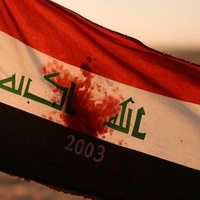





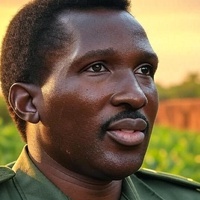









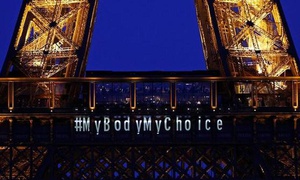

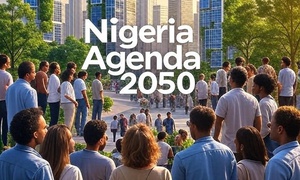











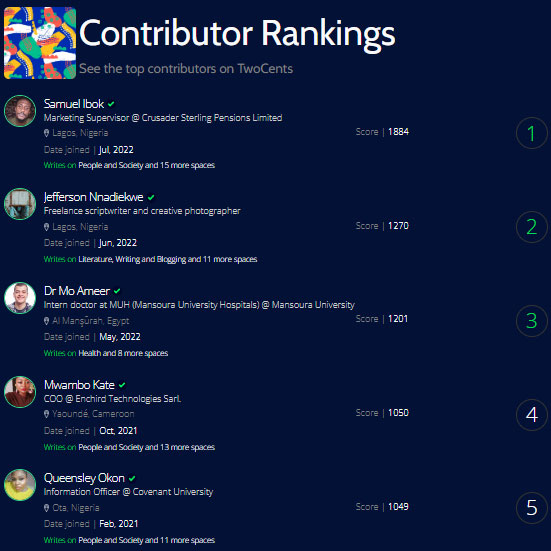






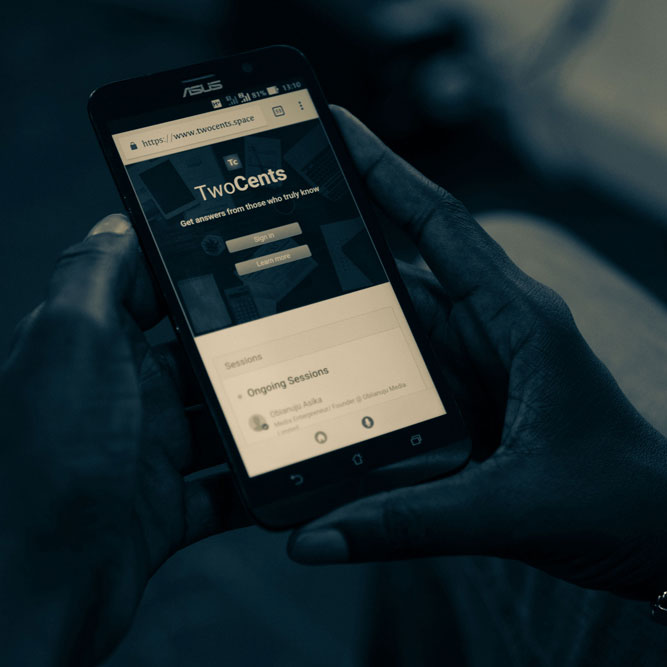


















Comments